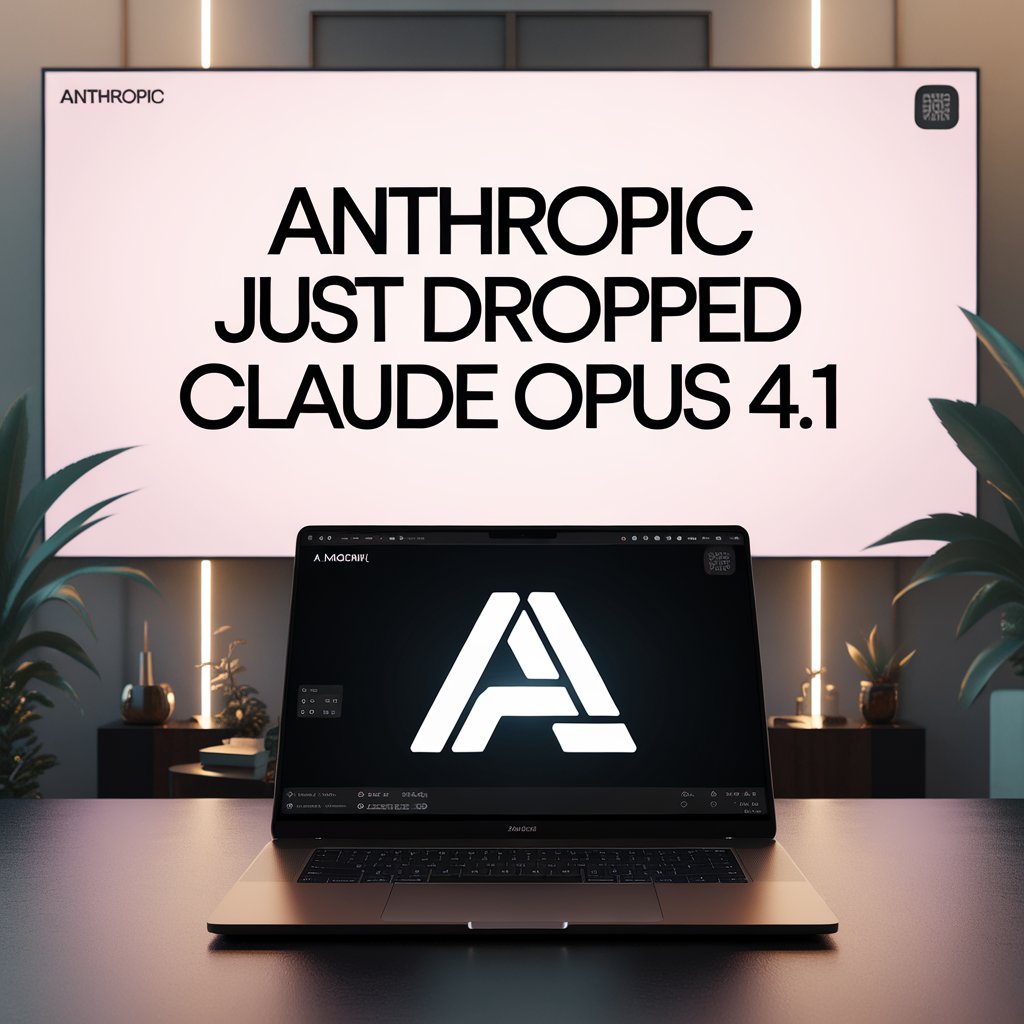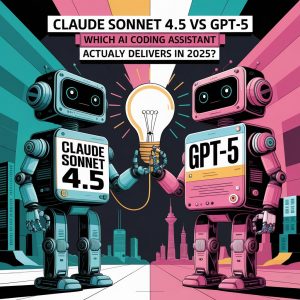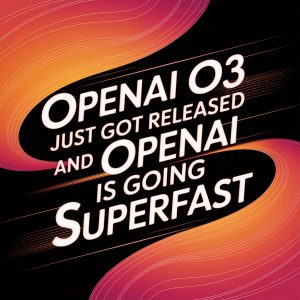Anthropic has just released Claude Opus 4.1, marking a significant milestone in the evolution of artificial intelligence. This upgrade to Claude Opus 4 brings enhanced capabilities in coding, reasoning, and agentic tasks that promise to transform how developers and businesses approach complex AI challenges. With an impressive 74.5% performance on SWE-bench Verified, Claude Opus 4.1 isn’t just an incremental update—it’s a strategic leap forward in AI capabilities.
What makes this release particularly noteworthy? Unlike typical model updates that focus on single improvements, Claude Opus 4.1 delivers across multiple fronts: from multi-file code refactoring to enhanced detail tracking in research tasks. For developers working with large codebases, researchers conducting in-depth analysis, or businesses building autonomous AI agents, this update represents a game-changing advancement.
What Is Claude Opus 4.1? Understanding the Core Innovation
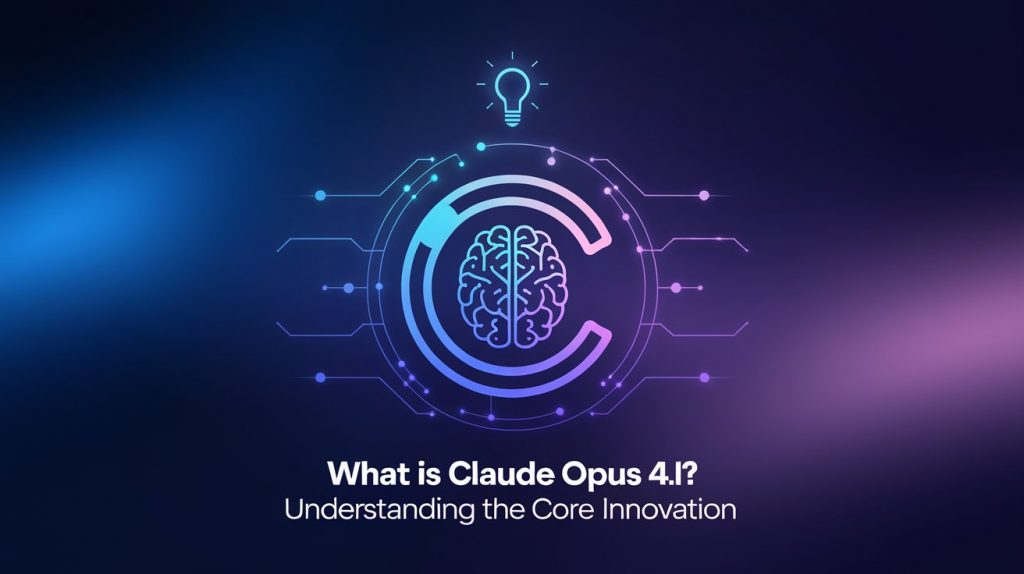
Claude Opus 4.1 is Anthropic’s latest flagship model, representing the pinnacle of their Claude 4 family. As a hybrid reasoning model, it offers two distinct operational modes: near-instant responses for quick tasks and extended thinking capabilities for complex problem-solving that requires deeper analysis.
The model builds upon the foundation of Claude Opus 4, which launched in May 2025, but introduces critical improvements that address real-world development challenges. Think of it as the difference between having a skilled assistant and having a seasoned expert who not only understands your requirements but anticipates potential issues before they arise.
Key Technical Specifications
- Context Window: 200,000 tokens (maintaining parity with Opus 4)
- Output Capacity: Up to 32,000 tokens for extensive generation
- API Access: Available through claude-opus-4-1-20250805
- Pricing: Unchanged at $15 per million input tokens, $75 per million output tokens
- Availability: Claude Pro, Max, Team, and Enterprise plans
What sets Claude Opus 4.1 apart from its predecessor isn’t just raw performance metrics—it’s the refined approach to problem-solving. The model demonstrates exceptional precision in identifying exact corrections within massive codebases without introducing unnecessary modifications or bugs, a capability that Rakuten Group specifically praised in their evaluation.
Revolutionary Features That Set Claude Opus 4.1 Apart
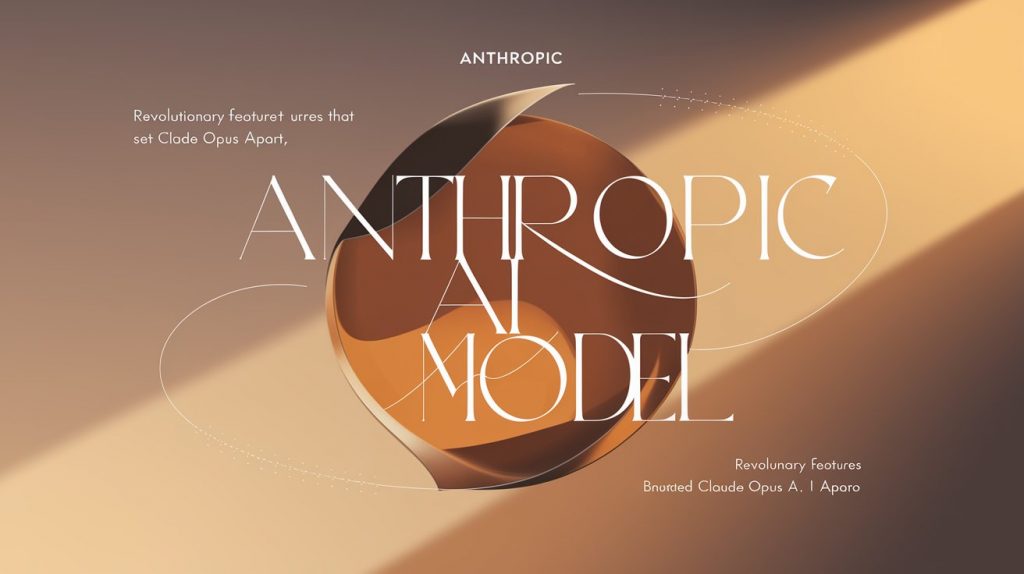
1. State-of-the-Art Coding Performance
The headline achievement of Claude Opus 4.1 is its 74.5% score on SWE-bench Verified, representing the current state-of-the-art in real-world software engineering tasks. This isn’t just about writing code—it’s about understanding complex software architectures, debugging intricate issues, and refactoring entire systems while maintaining code integrity.
GitHub’s assessment reveals that Claude Opus 4.1 shows improvements across most capabilities relative to Opus 4, with particularly notable gains in multi-file code refactoring. For development teams, this means:
- Reduced debugging time through precise error identification
- Cleaner refactoring with minimal unintended side effects
- Better code taste that adapts to specific coding styles
- Enhanced context awareness across thousands of lines of code
2. Advanced Agentic Search Capabilities
The improvements in agentic search represent a fundamental shift in how AI models conduct research. Claude Opus 4.1 can now effectively search through both external and internal data sources, synthesizing comprehensive insights across complex information landscapes. This capability enables:
- Simultaneous analysis of patent databases, academic papers, and market reports
- Hours of independent research without human intervention
- Strategic insight generation for executive decision-making
- Cross-referencing multiple sources for validation and accuracy
3. Enhanced Detail Tracking and Memory
One of the most practical improvements in Claude Opus 4.1 is its enhanced ability to track details across long conversations and complex projects. The model demonstrates:
- Improved working memory for maintaining context over extended sessions
- Better fact extraction from documents and conversations
- Consistent reference tracking across multiple documents
- Reduced hallucination rates when dealing with specific technical details
4. Hybrid Reasoning with Extended Thinking
The hybrid reasoning capability allows Claude Opus 4.1 to switch between rapid responses and deliberate, step-by-step thinking. During extended thinking mode, the model can:
- Use tools like web search while reasoning through problems
- Alternate between analysis and tool use for improved accuracy
- Generate detailed thought summaries for transparency
- Handle tasks requiring up to 64,000 tokens of thinking
This flexibility means you get the best of both worlds: speed when you need quick answers and depth when tackling complex challenges.
Performance Benchmarks: How Claude Opus 4.1 Measures Up
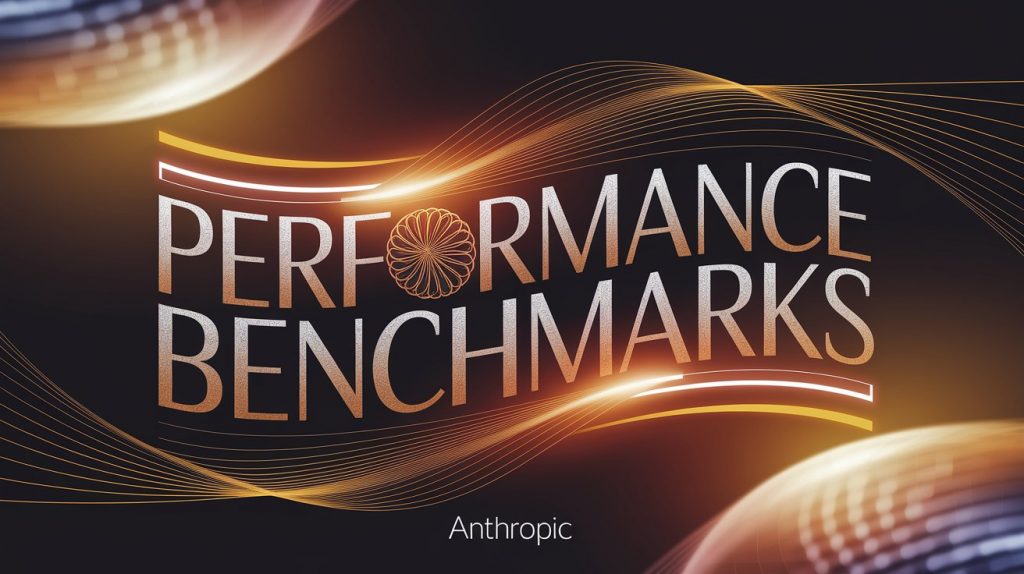
Coding and Software Engineering
| Benchmark | Claude Opus 4.1 | Claude Opus 4 | GPT-4.1 | Claude 3.7 Sonnet |
|---|---|---|---|---|
| SWE-bench Verified | 74.5% | 72.5% | 54.6% | 62.3% |
| Terminal-bench | 43.2%* | 43.2% | N/A | N/A |
| Aider Polyglot | High* | High | Moderate | Moderate |
*Scores achieved without extended thinking mode
Reasoning and Academic Performance
The model maintains strong performance across academic benchmarks, though specific scores for Opus 4.1 on tests like GPQA Diamond, MMLU, and AIME are expected to show incremental improvements over Opus 4’s already impressive results.
Real-World Application Testing
According to enterprise users:
- Rakuten Group reports exceptional precision in debugging tasks within large codebases
- GitHub notes significant improvements in multi-file code refactoring capabilities
- Early adopters praise reduced navigation errors and improved problem-solving accuracy
Claude Opus 4.1 vs. The Competition: A Detailed Comparison
Claude Opus 4.1 vs. GPT-4.1
When comparing Claude Opus 4.1 to OpenAI’s GPT-4.1, several key differences emerge:
Strengths of Claude Opus 4.1:
- Superior coding performance (74.5% vs. 54.6% on SWE-bench)
- Better multi-file refactoring capabilities
- More precise debugging with fewer false positives
- Enhanced agentic search capabilities
Advantages of GPT-4.1:
- Lower cost ($2/$8 per million tokens vs. $15/$75)
- Multimodal capabilities (voice, image, text)
- Wider ecosystem integration
- Faster response times for simple queries
Claude Opus 4.1 vs. Claude Opus 4
The upgrade from Opus 4 to 4.1 brings:
- 2% improvement in SWE-bench Verified scores
- Enhanced multi-file code refactoring
- Better detail tracking in research tasks
- Improved precision in debugging
- More reliable agentic search performance
Claude Opus 4.1 vs. Claude Sonnet 4
While both are part of the Claude 4 family:
- Opus 4.1 excels in complex, long-running tasks
- Sonnet 4 offers better cost-efficiency for general use
- Opus 4.1 provides deeper reasoning capabilities
- Sonnet 4 delivers faster response times
Real-World Applications and Use Cases
1. Enterprise Software Development
Development teams are using Claude Opus 4.1 for:
- Large-scale refactoring projects spanning multiple repositories
- Legacy code modernization with minimal risk
- Automated code review with context-aware suggestions
- Bug identification in complex, interdependent systems
2. Research and Analysis
Research organizations leverage the model for:
- Literature reviews across thousands of papers
- Patent analysis for innovation tracking
- Market research synthesis from multiple sources
- Competitive intelligence gathering and analysis
3. Autonomous AI Agents
Companies building AI agents benefit from:
- Extended task execution over hours without supervision
- Complex workflow orchestration across systems
- Decision-making with transparent reasoning trails
- Multi-tool coordination for comprehensive solutions
4. Technical Documentation
Technical writers utilize Claude Opus 4.1 for:
- API documentation generation from code
- User guide creation with accurate technical details
- Migration guides for system upgrades
- Troubleshooting documentation with precise solutions
Implementation Guide: Getting Started with Claude Opus 4.1
Accessing Claude Opus 4.1
- Via Claude.ai Interface:
- Available for Pro, Max, Team, and Enterprise subscribers
- Access through web, mobile, or desktop applications
- Includes extended thinking capabilities
- Through API Integration:
import anthropic client = anthropic.Anthropic( api_key="your_api_key" ) message = client.messages.create( model="claude-opus-4-1-20250805", max_tokens=1024, messages=[ {"role": "user", "content": "Your prompt here"} ] ) - Cloud Platform Access:
- Amazon Bedrock integration
- Google Cloud Vertex AI
- Microsoft Azure (coming soon)
- Via Claude Code:
- Command-line tool for agentic coding
- Background task execution capabilities
- Direct terminal integration
Best Practices for Optimal Results
1. Leverage Extended Thinking for Complex Tasks When facing multi-step problems, enable extended thinking mode to allow Claude Opus 4.1 to work through challenges methodically.
2. Provide Clear Context Include relevant code files, documentation, and specifications to maximize the model’s understanding of your project.
3. Use Iterative Refinement Start with broad requests and progressively refine based on initial outputs for optimal results.
4. Monitor Token Usage With pricing at $75 per million output tokens, implement token budgeting for cost-effective usage.
Cost Considerations and ROI Analysis
Pricing Structure
Claude Opus 4.1 maintains the same pricing as Opus 4:
- Input: $15 per million tokens
- Output: $75 per million tokens
- Prompt Caching: Up to 90% cost savings available
- Batch Processing: 50% discount for non-time-sensitive tasks
When to Choose Claude Opus 4.1
Ideal scenarios:
- Mission-critical code deployments
- Complex research projects requiring high accuracy
- Enterprise-grade AI agent development
- Long-running autonomous tasks
Consider alternatives when:
- Building high-volume chatbots (consider Sonnet 4)
- Simple content generation (GPT-4.1 may be more cost-effective)
- Real-time applications requiring sub-second responses
- Budget constraints are primary concern
ROI Calculation Framework
To determine if Claude Opus 4.1 is worth the investment:
- Calculate current developer hours spent on target tasks
- Estimate time savings with AI assistance (typically 40-60%)
- Factor in reduced error rates and debugging time
- Compare against subscription and API costs
For most enterprise teams, the break-even point occurs within 2-3 months of adoption.
Future Implications and Industry Impact
What This Means for Developers
Claude Opus 4.1’s release signals a shift toward AI models that can handle increasingly complex, real-world programming challenges. For developers, this means:
- Evolving skill requirements focusing on AI collaboration
- New development paradigms incorporating AI pair programming
- Increased productivity expectations as AI tools mature
- Shift toward higher-level problem solving rather than syntax
The Competitive Landscape
Anthropic’s aggressive improvement cycle—releasing 4.1 just months after 4.0—indicates:
- Intensifying competition with OpenAI, Google, and others
- Rapid iteration becoming the norm in AI development
- Specialized models for specific use cases emerging
- Price-performance ratios improving dramatically
Preparing for What’s Next
Anthropic has already announced that “substantially larger improvements” are coming in the following weeks. Organizations should:
- Build flexible AI integration architectures
- Develop model-agnostic workflows
- Invest in AI literacy across teams
- Establish evaluation frameworks for new models
Expert Tips for Maximizing Claude Opus 4.1
For Software Engineers
- Use version control integration to provide full repository context
- Create detailed system prompts outlining your coding standards
- Leverage the model for code reviews before human review
- Build custom tools that interface with Claude’s API for repetitive tasks
For Researchers
- Combine with citation management tools for comprehensive literature reviews
- Use extended thinking mode for hypothesis generation
- Create research templates for consistent analysis across projects
- Implement fact-checking workflows with source verification
For Business Leaders
- Start with pilot projects to measure ROI
- Invest in prompt engineering training for teams
- Establish AI governance frameworks early
- Monitor usage patterns to optimize costs
Common Questions About Claude Opus 4.1
Q: How does Claude Opus 4.1 handle large codebases? A: With its 200K context window, Claude Opus 4.1 can process substantial codebases, though for massive projects, strategic chunking and context management remain important.
Q: Is the upgrade from Opus 4 to 4.1 worth it? A: Anthropic recommends all users upgrade. The improvements in coding accuracy and agentic capabilities justify the transition, especially since pricing remains unchanged.
Q: Can Claude Opus 4.1 replace human developers? A: No. It’s designed as a powerful assistant that augments human capabilities, not replaces them. Human oversight, creativity, and strategic thinking remain essential.
Q: How does extended thinking affect response times? A: Extended thinking can add seconds to minutes depending on complexity, but the trade-off in accuracy and depth often justifies the wait for complex tasks.
Q: What about data privacy and security? A: Anthropic maintains enterprise-grade security with SOC 2 compliance, data encryption, and options for private deployment through cloud partners.
Conclusion: The Dawn of Next-Generation AI Assistance
Claude Opus 4.1 represents more than just another model update—it’s a glimpse into the future of AI-assisted development and research. With its industry-leading 74.5% performance on SWE-bench Verified, enhanced agentic capabilities, and refined approach to complex problem-solving, it sets a new standard for what AI models can achieve in real-world applications.
For developers, researchers, and businesses ready to embrace cutting-edge AI capabilities, Claude Opus 4.1 offers a compelling proposition. While the premium pricing may give some pause, the potential productivity gains and quality improvements often justify the investment for serious use cases.
As we look ahead, with Anthropic promising even more substantial improvements in the coming weeks, one thing is clear: the pace of AI advancement shows no signs of slowing. Organizations that adapt quickly and effectively to these new capabilities will find themselves with a significant competitive advantage.
Whether you’re debugging complex systems, conducting deep research, or building the next generation of AI agents, Claude Opus 4.1 provides the tools and capabilities to push the boundaries of what’s possible. The question isn’t whether AI will transform your workflow—it’s how quickly you’ll adapt to harness its full potential.

